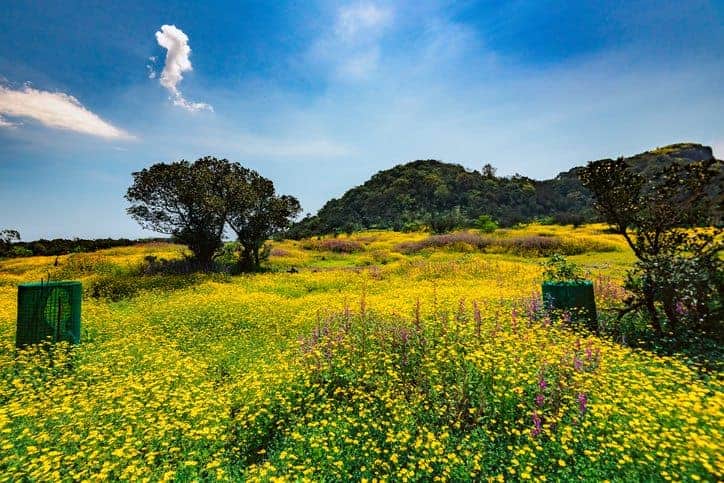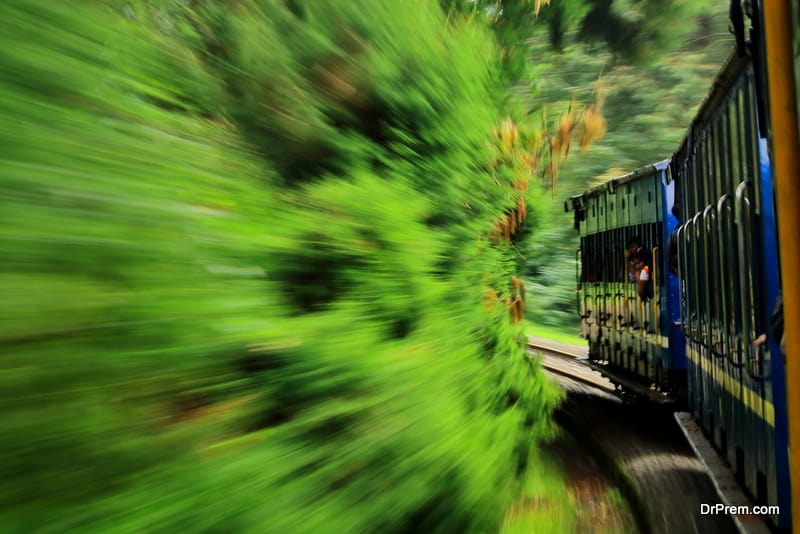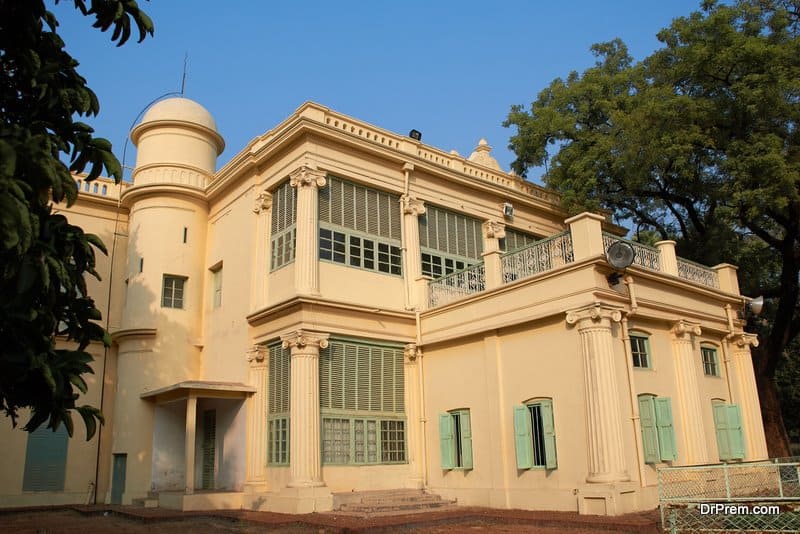India is changing fast. Our country is not the same as it was a decade ago. Be it the cultural monuments of India, our endangered floral or faunal species or some of our ancient traditions, all face risk of diminishing soon, until the time some remedial measures are not put in place.
Some of our treasures that face the risk of extinction are:
Majuli Island
The location of Majuli Island makes it special. Located in middle of Brahmaputra River, Majuli is home to Assam’s Vaishnav Culture. The island is expected to last another two decades. The island faces risk of extinction due to continuous soil erosion. Eri, the raw silk in Assam known for its uniqueness also finds its origin in Majuli Island.
Koyna Wildlife Sanctuary
It is not as if Majuli is under threat. Koyna wildlife sanctuary, home to tigers, panthers and sloth bears in Maharashtra is too under threat. Sadly, the land inside the wildlife sanctuary too is up for sale and the surroundings of the sanctuary are being threatened by land mafia that is eying the pristine location, showing little regards for our faunal species who make Koyna their home. The wildlife sanctuary is at the verge of extinction and will not last long.
Hampi, Open air Museum
Once the thriving capital of Vijaynagara Empire, Hampi the largest open air museum in the world is today in ruins. Abha Lamba, an award winning conservation architect points out that Hampi is on verge of extinction owing to large scale urbanization in vicinity of the open air museum. People pay scanty regards to history and the same is contributing to the monument getting degraded by the day.
Indian Vulture
The numbers in itself speak a lot. Only about 10,000 vultures remain now. This is a sharp contrast to the 1980’s when Vultures were the most predominant birds of prey and were seen in all corners of the country.
Their number has taken a drastic hit in the last twenty years and the population has declined by over 99 percent. Diclofenac a painkiller that was administered to animals proved to be the beginning of doomsday for the vultures. They fed on carcasses of animals which had traces of this painkiller. Vultures lost the capacity to reproduce and were soon at risk. Though efforts are on to increase the population of Vultures and a breeding centre has been set up at Pinjore in Haryana but it will take few years before results show up.
Valley of Flowers
Valley of flowers is unique indeed. Bloom of flowers line the entire valley making it an apt fit for naming the same as valley of flowers. The name though came from a book that had been written by Frank Smythe, a British Botanist and explorer.
However, the increasing tourist influx to valley of flowers in Uttarakhand has spoiled the pristine nature of the place and the same is not expected to last more than a decade.
Preserving nature needs to be our prime concern, otherwise our future generations will miss on what we have relished and experienced in our lives.




